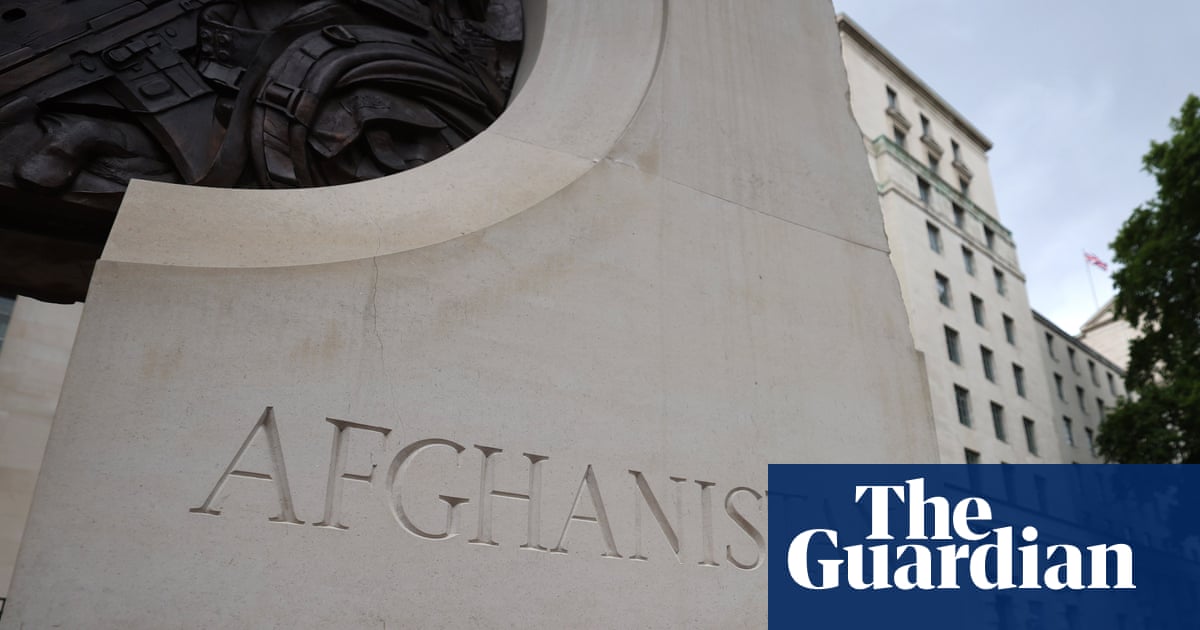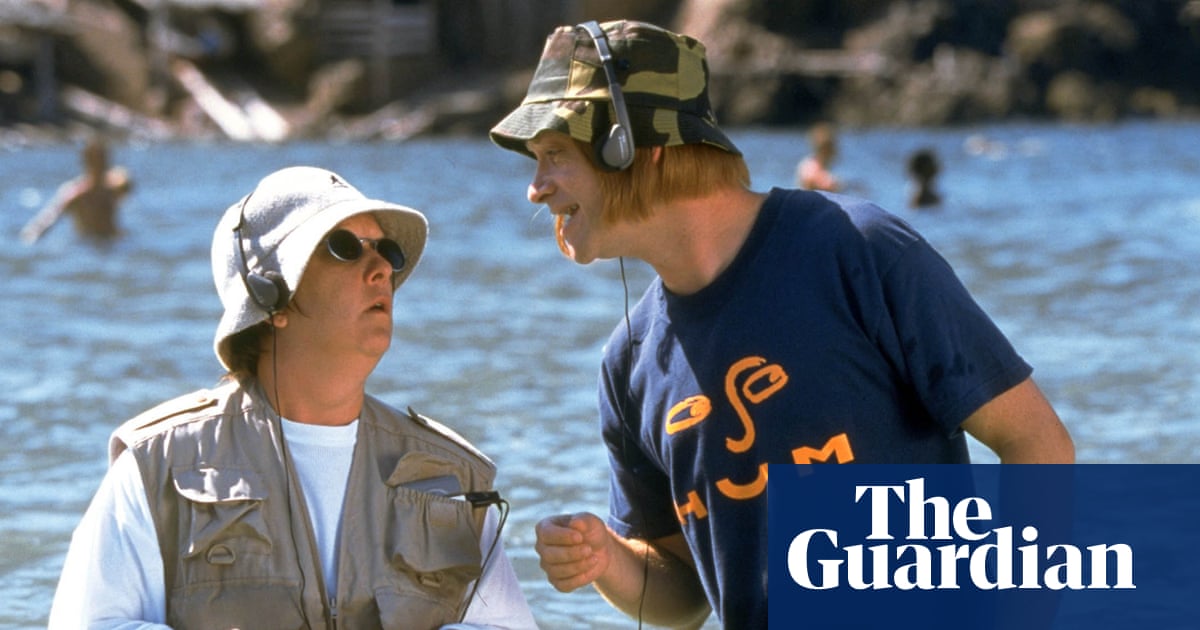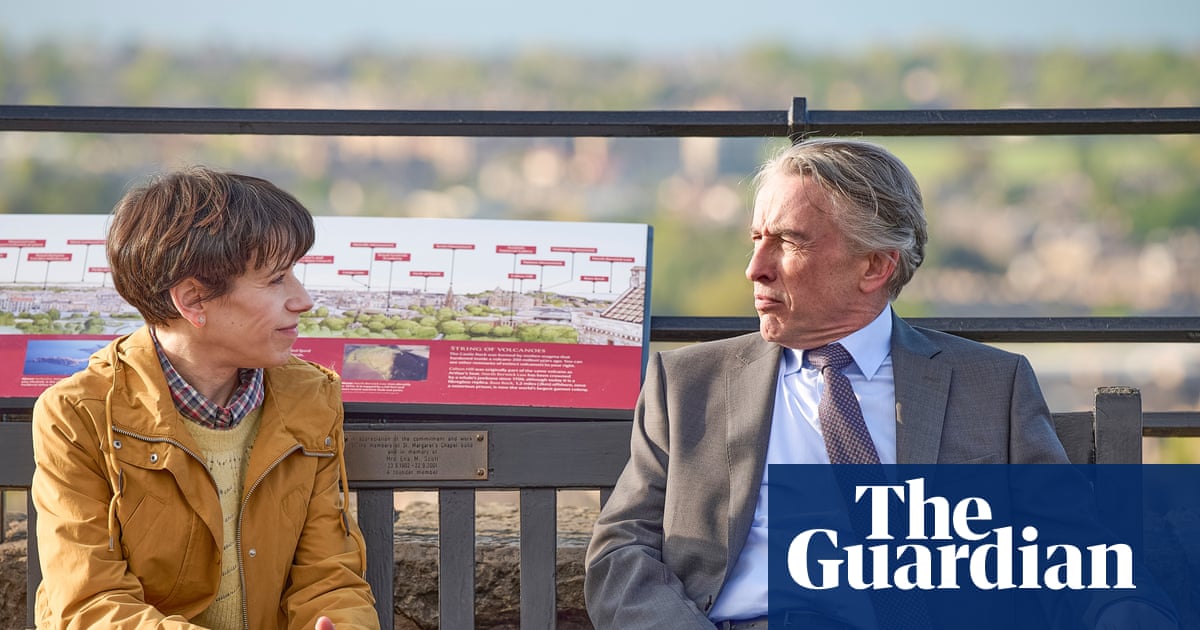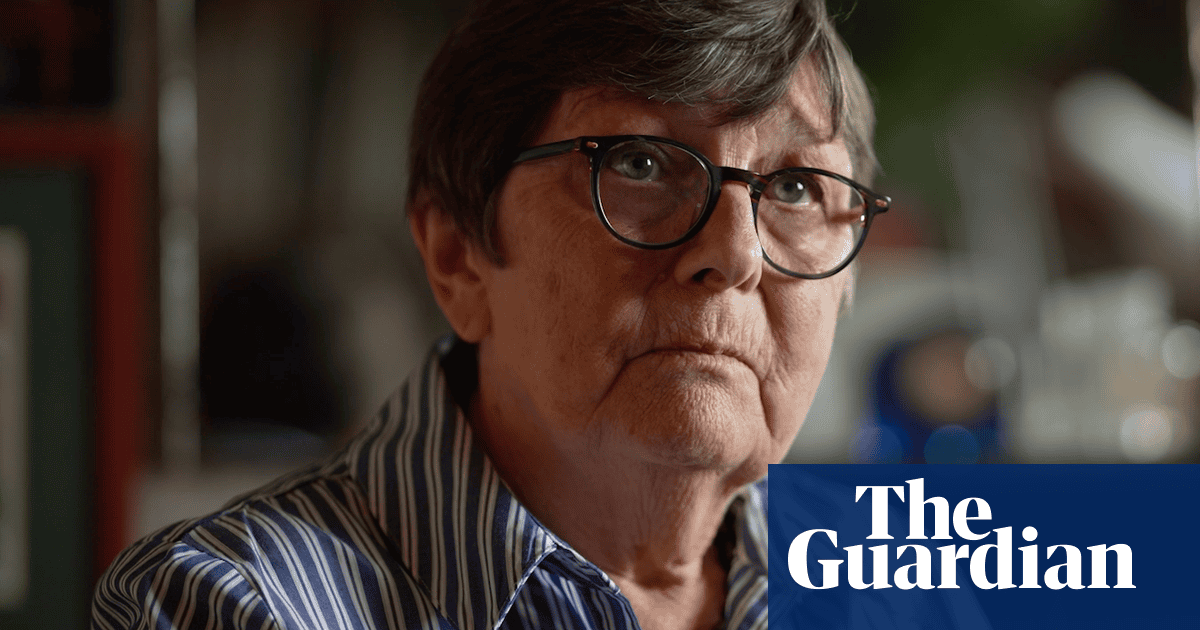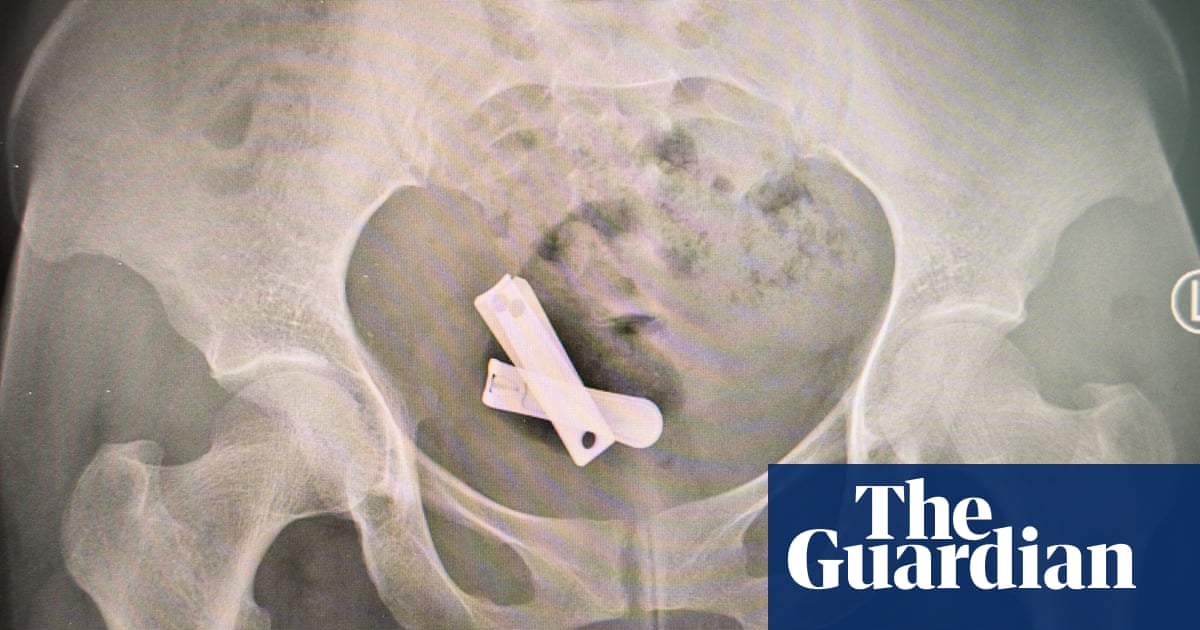The discovery of two swords at a dig in Gloucestershire has fuelled speculation that a Roman villa may once have stood there, at a period in the second or third century AD when Saxons were making inroads in the region. Experts think that the blades may even have been deliberately hidden – but not deep enough to conceal them from a novice metal detectorist, Glenn Manning. Next month, the public will get a chance to see the weapons when they go on display at the Corinium museum in Cirencester, to which they have been given.
The items join a growing list of striking finds by hobbyists. These include a gold nugget found in the Shropshire Hills by Richard Brock, who located it with the help of an old machine that was “only half working”. Another newcomer dug up a gold necklace bearing the initials of Henry VIII and Katherine of Aragon, which is now in the British Museum.
There are an estimated 20,000 metal detectorists in Britain, with at least two factors having contributed to the activity’s increased popularity over the last decade. One was the pandemic and the nudge it gave to some people to find a new way to spend leisure time. The other was the Bafta-winning BBC television comedy Detectorists, which ran for three series starting in 2014 and returned for a Christmas special in 2022.
Written by Mackenzie Crook, this was a story about the hidden depths of male friendship as well as the Essex farmland where they did their detecting. While archaeology had been on TV before, in programmes such as Time Team, metal detecting was an unexpected focus for a popular drama.
There was probably also something in the zeitgeist, since mudlarking on the Thames saw a boom during the same period – going from the obscure pastime of aficionados to something much more mainstream. Like metal detectorists, whose focus on precious objects sometimes comes into sharp conflict with the scholarly priorities and painstaking processes of archaeologists, mudlarks (who sometimes use metal detectors along with other techniques) need authorisation to go on their scavenging hunts. From just 200 permits sought in 2018-19 from the Port of London authority, the total rose to 5,000 three years later. One result of this upsurge in interest is a new exhibition of 350 mudlarked objects. Secrets of the Thames includes medieval carvings and Victorian forgeries, and opened at the London Museum last week.
Not all metal detecting is focused on the distant past. A 5,000-strong network of volunteers, the National Ring Recovery Service, helps living people find lost items. While this altruistic project is described by its founder, Morley Howard, as a “fifth emergency service”, the activities and motivations of metal detectorists who hunt for valuable artefacts remain controversial, and some believe that the legal framework is too lax. Archaeological sites have been damaged, and in 2019 two men were jailed for the illegal sale of coins and jewellery known as the Leominster hoard.
But deeply regrettable though such losses are, they should not be allowed to overshadow the positive contributions of amateur detectorists, some of whom volunteer on digs led by experts – as Mr Manning did on the day he found the swords. This commitment to scouring the countryside for traces of ancient lives is a testament to an abiding curiosity about the past that is not limited to experts.

 3 months ago
49
3 months ago
49

